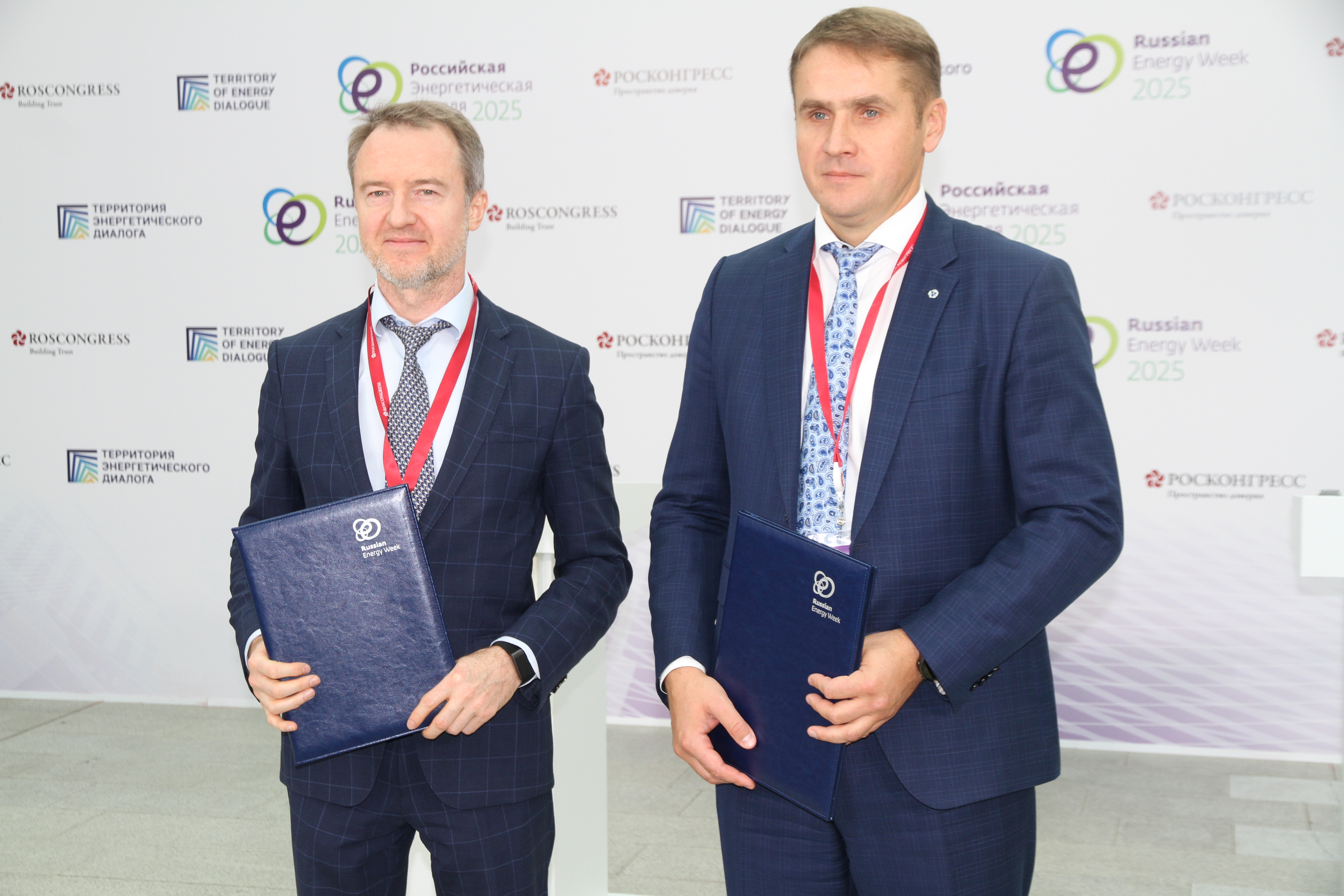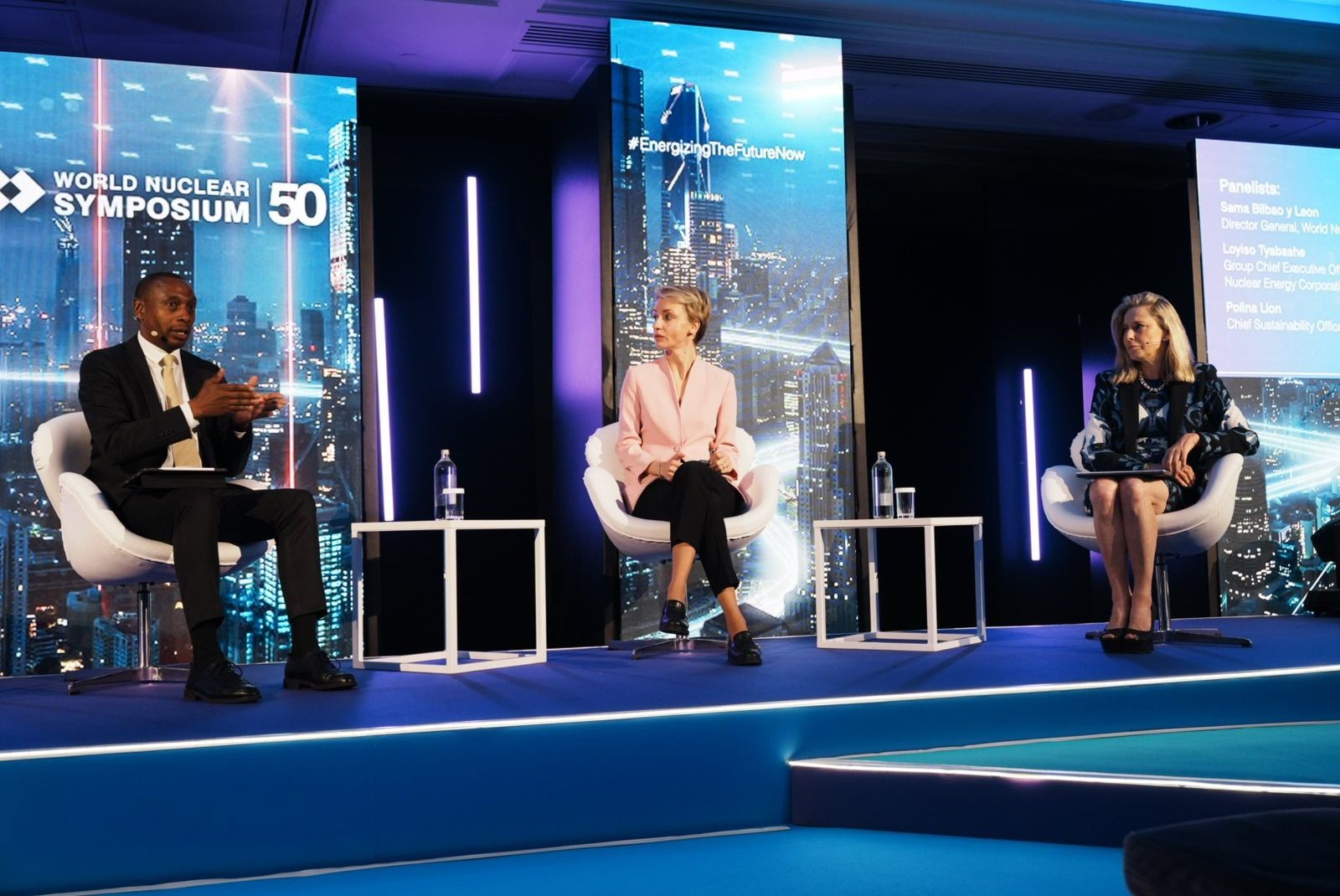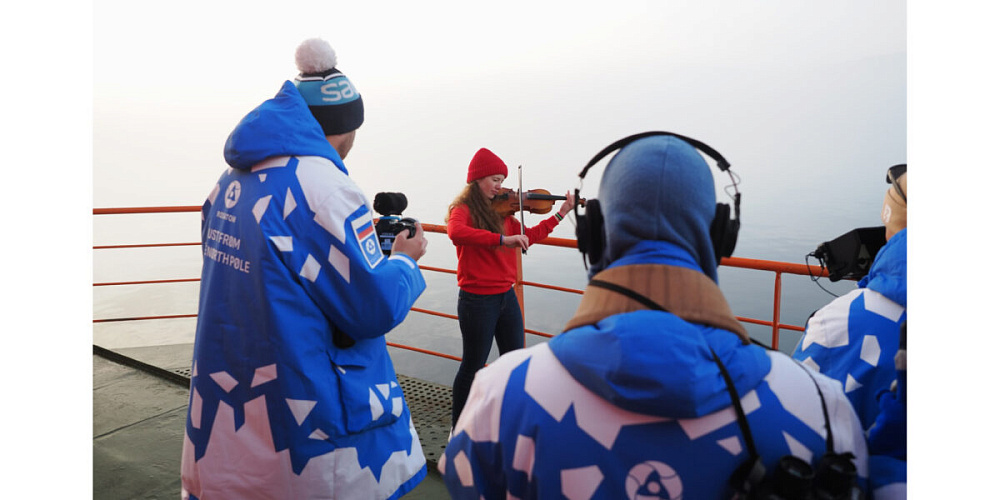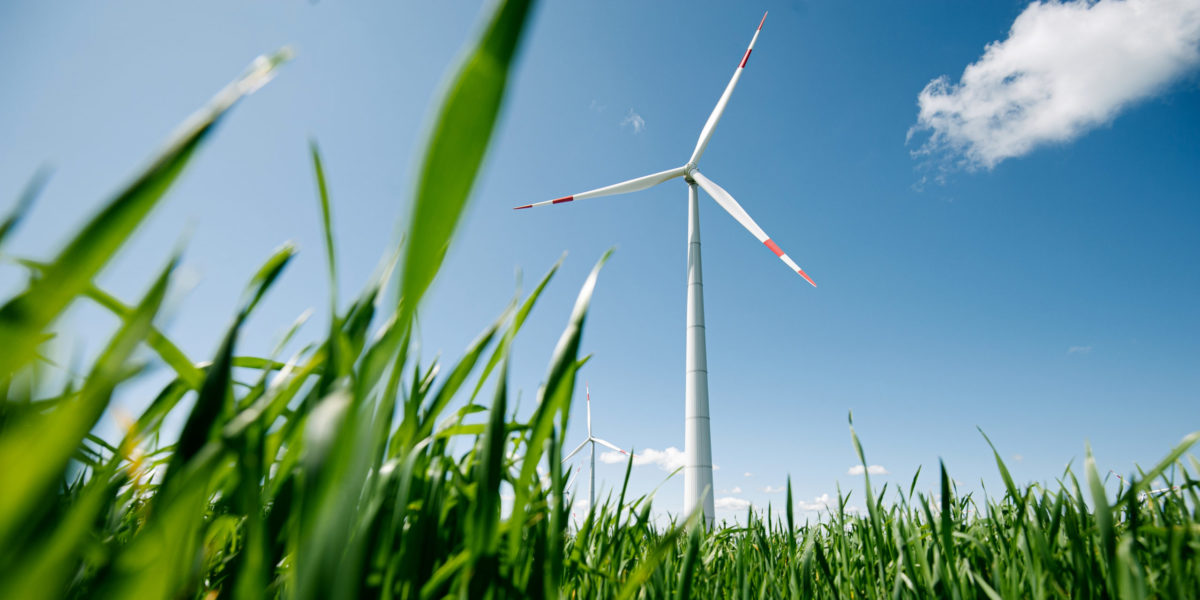On October 13, 2025, the first-ever container transit from
China to Europe via the Northern Sea Route arrived at the British port of
Felixstowe, having departed from the port of Ningbo on September 23. This
historic voyage was another step towards developing the potential of the
Northern Sea Route as a sustainable logistics channel between Europe and Asia,
complementing existing routes and significantly contributing to the growth of
global trade.
The ship, carrying nearly 25,000 tons of cargo containers, entered the Northern Sea Route on October 1. Information and navigation support for the ship along the route was provided by Glavsevmorput, Federal State Budgetary Institution (an enterprise within the Rosatom State Corporation). After unloading at the port of Felixstowe, the container ship will head to other European ports. The journey through the Russian Arctic took 20 days, which is almost half the time it would have taken using traditional southern routes. In the face of global challenges to de-carbonize maritime logistics, taking shorter routes is one of the ways to reduce the human impact on the world's oceans. By reducing distances, the NSR route not only significantly reduces travel time and freight costs, but also cuts greenhouse gas emissions.
"The Northern Sea Route is developing rapidly, becoming a viable and efficient global logistics route. This is facilitated by various factors, including the development of advanced technologies, the construction of new-generation nuclear icebreakers, and growing interest from international shippers. Working in the Arctic is challenging but we are transforming these challenges into results. Along with the main priority of ensuring the safety of navigation on the Northern Sea Route, managing the speed and time of passage along the route is becoming an important task for us today," noted Vladimir Panov, Special Representative for Arctic Development, Rosatom State Corporation.
The Northern Sea Route (NSR) is the shortest shipping route
between the western part of Eurasia and the Asia-Pacific region and a
historically developed national transportation artery of Russia. Its length is
about 5,600 km. In 2024, the volume of cargo transported along the Northern Sea
Route broke another record and amounted to almost 37.9 million tons, which
exceeds the record result of the previous year by more than 1.6 million tons.
The volume of container transportation between Russia and China is growing. In
2024, 14 international container voyages were made between the ports of
northwestern Russia and the ports of the People's Republic of China during the
summer-autumn navigation season. This is twice as many as in 2023. Since the
beginning of 2025, 17 container voyages have already been made on the Northern
Sea Route out of 22 planned for this year, and a record volume of container
cargo transported has been achieved – 280,000 tons. This is almost 59 % more
than the volume of cargo transported for the whole of last year – 176,000 tons.
The comprehensive development of Russia's Arctic territories is one of strategic priorities for Russia. It is essential to intensify the NSR transportation for accomplishing the assigned tasks. This logistics corridor is developing due to cargo shipping on a regular basis, building of new nuclear icebreakers and modernization of the relevant infrastructure. Rosatom is actively involved in these efforts.





